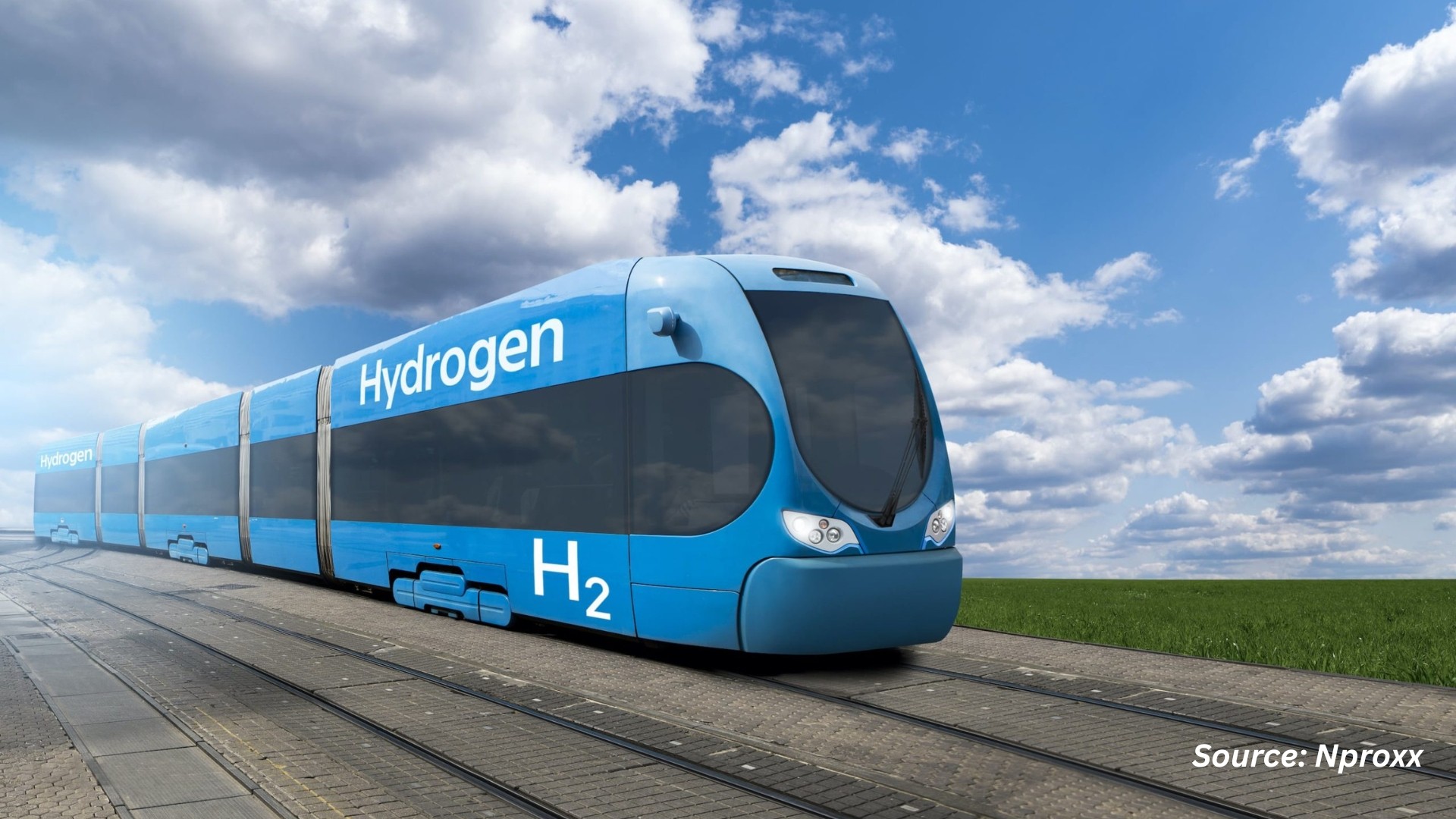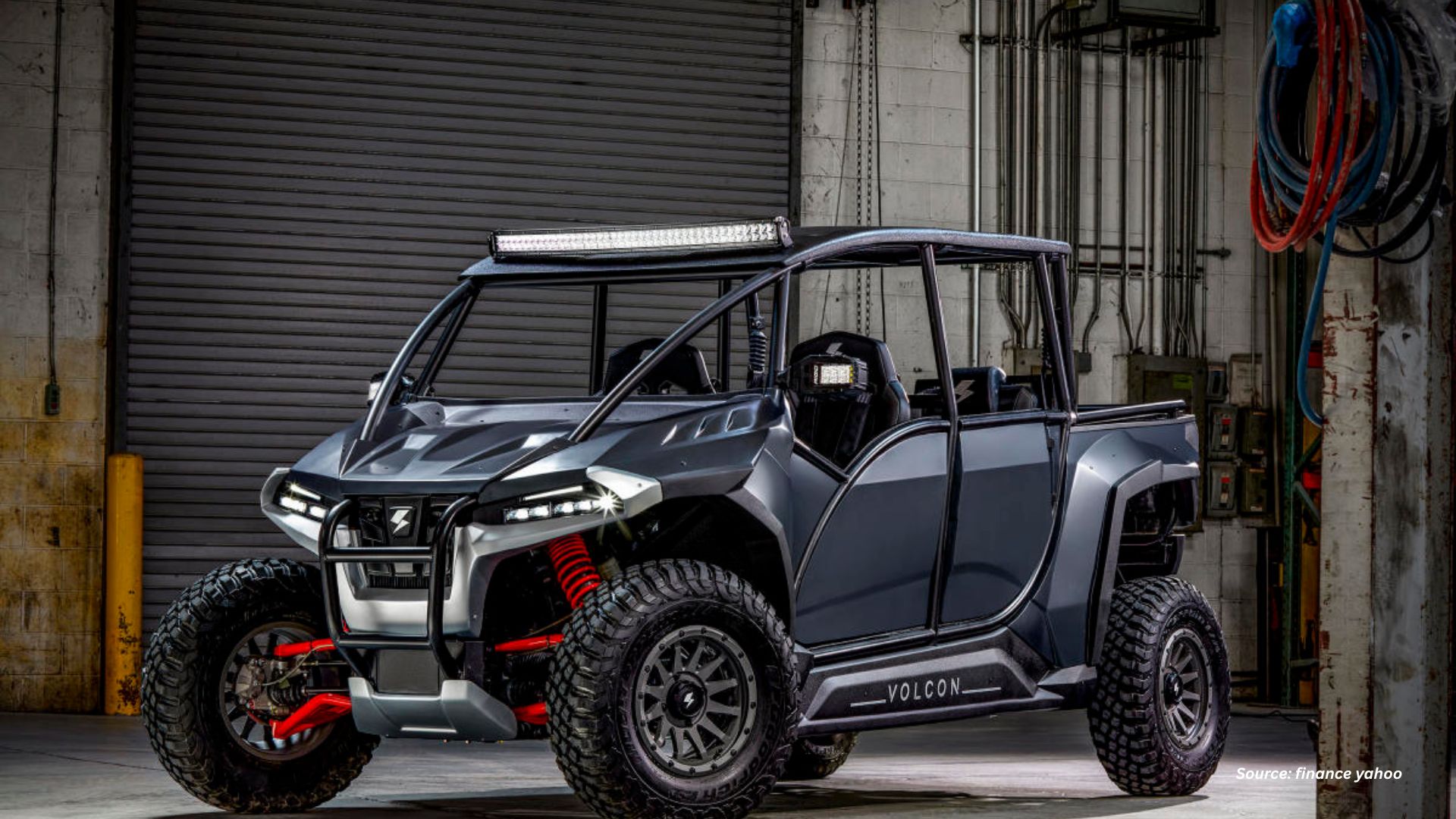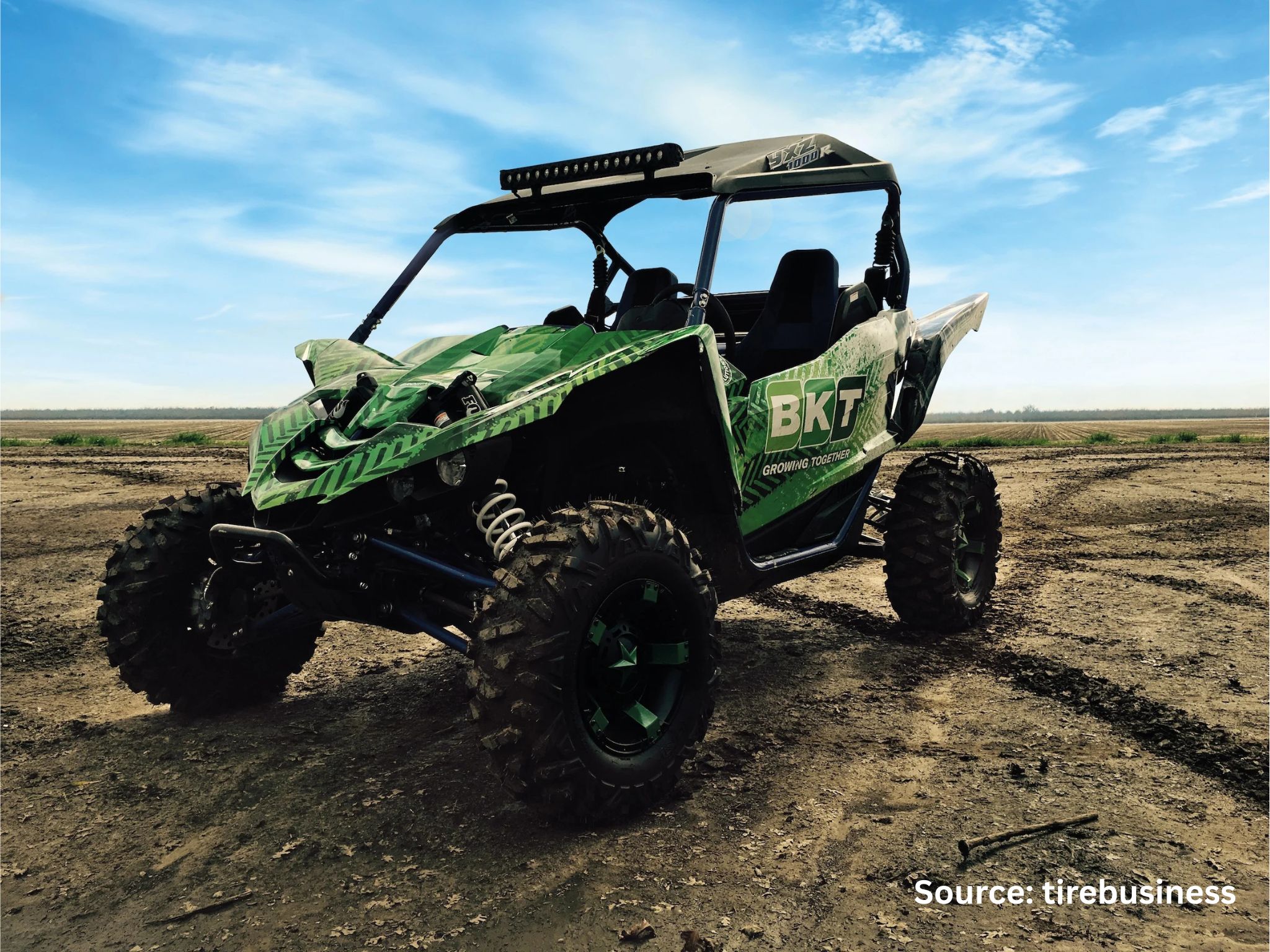
Asia-Pacific 4WD Utility Terrain Vehicle (UTV) Market by Displacement (Below 400 cc, 400-800 cc, and Above 800 cc), by Propulsion Type (Gasoline, Diesel, and Electric), by Application (Utility, Sports, Recreation, Military, Construction, and Others), and by End User (Individual Consumers, Commercial Users, and Government and Defense Agencies) – Global Opportunity Analysis and Industry Forecast 2025-2030
Industry: Automotive & Transportation | Publish Date: 21-May-2025 | No of Pages: 296 | No. of Tables: 240 | No. of Figures: 165 | Format: PDF | Report Code : AT3248
Industry Overview
The Asia-Pacific 4WD UTV Market size was valued at USD 1934.4 million in 2024, and is predicted to reach USD 2966.1 million by 2030, at a CAGR of 6.7% from 2025 to 2030. In addition to that, it had a market volume of 181 thousand units in 2024, and is predicted to reach 342 thousand units by 2030 at a CAGR of 10.6% from 2025 to 2030.
The rising military expenditure and the growing sports industry are key factors driving the Asia-Pacific 4WD UTV market growth. However, strict environmental regulations slow down the potential growth of the sector. On the other hand, the uptake and use of electric powertrains bring bright prospects for growth, enabling sustainable, clean and efficient vehicle solutions for a variety of applications.
Major industry players such as Polaris Inc., John Deere and others are actively pursuing plans to expand their market and provide additional products by initiating steps such as product developments and technology upgradation. All these are expected to drive adoption and innovation, and drive market growth and meet changing industry needs for longer run.
Rising Military Expenditure Drives the Asia-Pacific 4WD UTV Market Growth
The rise in spending toward the defense industry is enhancing the growth of the regional UTV market, as defense forces increasingly require durable vehicles to support complex operations. These vehicles are essential for transporting troops, equipment, and supplies while navigating tough terrains during tactical operations. The growing military expenditure dedicated to upgrading fleets in challenging regions and optimizing operational efficiency is driving demand for high-performance 4x4 UTVs, capable of performing in all weather conditions.
Rapid Growth in the Construction Sector Boosts the Asia-Pacific 4WD UTV Market Demand
The fast-paced growth of the construction industry further enhances market growth as the demand for versatile and robust vehicles increases. Construction operations, particularly in tough, remote terrains and urban areas with narrow spaces, require reliable transportation solutions for workers, equipment, and supplies. 4WD UTVs are highly regarded for their ability to maneuver through challenging conditions, transport heavy loads, and improve operational efficiency on construction sites. With ongoing growth in infrastructure projects across residential, commercial, and industrial sectors, the demand for reliable vehicles that can haul, tow, and navigate demanding terrains continues to rise.
Strict Environmental Regulations Limit Market Expansion
Strict regulatory frameworks for pollution control are slowing market growth, as both manufacturers and consumers face challenges in meeting stringent emissions, safety, and operational standards. Additionally, the implementation of stricter environmental laws to reduce carbon emissions is increasing the production cost of traditional fuel-powered UTVs, further limiting market expansion.
Electric Powertrains Offer Future Growth Opportunities
The integration of electric powertrains offers significant future growth prospects for the UTV sector as companies increasingly transition to green alternatives to comply with environmental regulations and meet rising demand for sustainable options. For example, Volcon Inc. launched the HF1 electric UTV, a powerful utility vehicle designed for three riders in a row, combining cutting-edge technology with rugged performance for off-road enthusiasts. Electric 4WD UTVs bring numerous advantages, including reduced emissions, lower operating costs, and quieter operation, making them highly desirable for agricultural, construction, and recreational uses.
China Dominates the Market Share in the Asia-Pacific Region
China dominates the Asia-Pacific 4WD UTV market share. Investments in the tourism sector are driving market growth as more domestic and international tourists seek sports and adventure activities. With an increasing number of people engaging in outdoor activities like off-road driving, camping, and trekking, the demand for high-performance, durable vehicles capable of handling diverse conditions is growing. According to the World Travel & Tourism Council (WTTC), China’s tourism sector contributed USD 1.74 billion to its economy in 2024, highlighting the role of tourism in boosting demand for all-terrain vehicles.
Additionally, increased military spending is fueling the 4WD UTV market expansion in China. As the need for strong, multifunctional vehicles rises to support defense operations and tactical missions, UTVs have become essential for transporting equipment, navigating rough terrains, and executing military strategies. A recent SIPRI report revealed that China’s military expenditure reached USD 296 billion in 2023, reflecting a 6% increase from the previous year, underscoring the country’s commitment to enhancing its defense capabilities.
Japan Poised for Substantial Growth in the Industry
The growing disposable income among individuals in Japan is driving UTV market growth as consumers increasingly invest in recreational and lifestyle products. With rising purchasing power, more people are investing in outdoor activities such as off-road adventures, camping, and exploration, further boosting demand for versatile, capable, and high-performance utility vehicles. According to Japan’s Ministry of Internal Affairs and Communications, the average monthly income per household stood at USD 3,885 in 2023, reflecting steady growth in economic capacity and spending power in the UTV market.
Additionally, Japan’s rapidly growing sports sector is contributing to market growth, as demand rises for high-performance vehicles needed for various outdoor and competitive activities. As motorsports gain popularity, off-road racing and adventure sports are driving the demand for UTVs, known for their versatility, ruggedness, and ability to navigate tough terrains. The Sasakawa Sports Foundation reported that Japan invested approximately USD 229 million in 2023 in sports-related activities. This growing investment in sports infrastructure is directly contributing to the surge in UTV demand in Japan.
Competitive Landscape
The promising players operating in the Asia-Pacific 4WD UTV industry include John Deere, Polaris Inc., Kubota Corporation, Honda Motorsports, CFMOTO, HISUN, Jiangsu LINHAI Power Machinery Group Co., Ltd., Massimo Motor Sports, LLC, Linhai, Bobcat Company, Toro Company, Kawasaki Heavy Industries Ltd., Bad Boy Mowers, Hustler Turf, CLUB CAR, Yamaha Motor Co., Ltd., Kymco, Landmaster, Textron Inc. (Arctic Cat), Bombardier Recreational Products (Can-Am), and others.
Asia-Pacific 4WD UTV Market Key Segments
By Displacement
-
Below 400cc
-
400cc-800cc
-
Above 800cc
By Propulsion Type
-
Gasoline
-
Diesel
-
Electric
By Application
-
Utility
-
Sports
-
Recreation
-
Military
-
Construction
-
Other Application
By End User
-
Individual Consumers
-
Commercial Users
-
Government and Defense Agencies
By Country
-
China
-
Japan
-
India
-
South Korea
-
Australia
-
Indonesia
-
Singapore
-
Taiwan
-
Thailand
-
Rest of Asia-Pacific
Key Players
-
Kubota Corporation
-
Honda Motorsports
-
CFMOTO
-
HISUN
-
Jiangsu LINHAI Power Machinery Group Co., Ltd.
-
Massimo Motor Sports, LLC
-
Linhai
-
Bobcat Company
-
Toro Company
-
Kawasaki Heavy Industries Ltd.
-
Bad Boy Mowers
-
Hustler Turf
-
CLUB CAR
-
Yamaha Motor Co., Ltd.
-
Kymco
-
Landmaster
-
Textron Inc (Arctic Cat)
-
Bombardier Recreational Products (Can-Am)
REPORT SCOPE AND SEGMENTATION:
|
Parameters |
Details |
|
Market Size Value in 2024 |
USD 1934.4 Million |
|
Revenue Forecast in 2030 |
USD 2966.1 Million |
|
Value Growth Rate |
CAGR of 6.7% from 2025 to 2030 |
|
Market Volume in 2024 |
181 Thousand units |
|
Market Volume in 2030 |
342 Thousand units |
|
Volume Growth Rate |
CAGR of 10.6% from 2025 to 2030 |
|
Analysis Period |
2024–2030 |
|
Base Year Considered |
2024 |
|
Forecast Period |
2025–2030 |
|
Market Size Estimation |
Million (USD) |
|
Growth Factors |
|
|
Companies Profiled |
20 |
|
Countries Covered |
10 |
|
Customization Scope |
Free customization (equivalent up to 80 working hours of analysts) after purchase. Addition or alteration to country, regional, and segment scope. |
|
Pricing and Purchase Options |
Avail customized purchase options to meet your exact research needs |




















 Speak to Our Analyst
Speak to Our Analyst

























